Buy or gift a stand-alone digital subscription and get unlimited access to dozens of back issues for just £18.99 / $18.99 a year.
Please register at www.exacteditions.com/digital/cornucopia with your subscriber account number or contact subscriptions@cornucopia.net
Buy a digital subscription Go to the Digital EditionForced to leave Paris in the bleak days of war, Feyhaman Duran, Turkey’s first recognised portraitist, chose to emphasise beauty and light. The Sakıp Sabanci Museum pays tribute with a glowing retrospective
The Sakıp Sabancı Museum excels at international blockbuster shows – Picasso, Monet, the Dutch Golden Age. When it turns its attention to Turkey’s own artists, it also does so to brilliant effect. Ten years ago it celebrated the life and times of the pioneering Abidin Dino (1913–93), bringing into focus the literary and political angst of mid-century Istanbul. Now it is the turn of Feyhaman Duran (1886–1970), part of the 1914 Generation, whose careers, in the afterglow of Impressionism, spanned the end of the Ottoman era and the dawn of the Republic. With the outbreak of war, they were suddenly enemy aliens in their beloved bohemian Paris.
The Ottoman capital they returned to was in deepening despair, flooded with refugees from the Balkans and the Caucasus. Young men in their thousands were marching off to war, never to return – the colours of Beşiktaş football club are still dominated by black in their memory. But Feyhaman Duran, orphaned at an early age, chose instead to dwell on the joys of life. “It is difficult to see beauty,” he wrote later, “but those who can are blessed.”
Feyhaman Duran: Between Two Worlds is full of luminous landscapes, still lifes and nudes, but it was his portraits that first earned him recognition. The likeness of the lawyer Celâleddin Arif Bey (left) predates his time in Paris. Painting the daughters of the Egyptian prince Abbas Halim Pasha paid for his passage to France in 1911.
After his return to Istanbul, Feyhaman became an inspired teacher. He married one of his students, Güzin, granddaughter of a noted calligrapher, moving into her tiny wooden house in the Old City. By some miracle, the house survives, as does the Art Deco studio in the garden that they both used for 40 years.
This house, every corner of which speaks of their life together (see Cornucopia 42), is now closed for restoration, and the museum has borrowed 450 of the Durans’ personal artefacts to recreate two of the rooms and their studio for this ambitious exhibition.
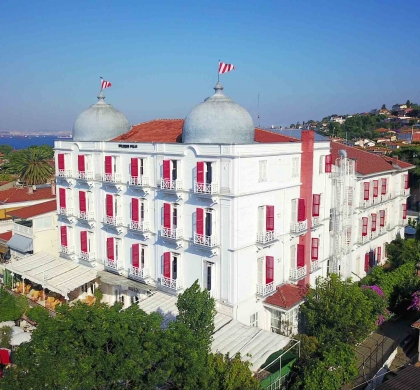
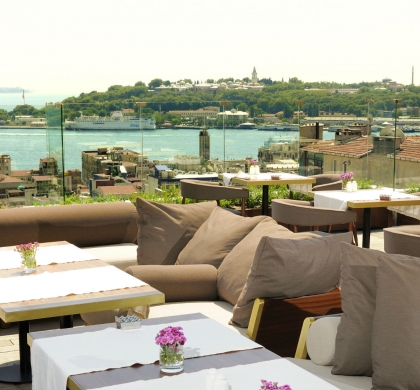
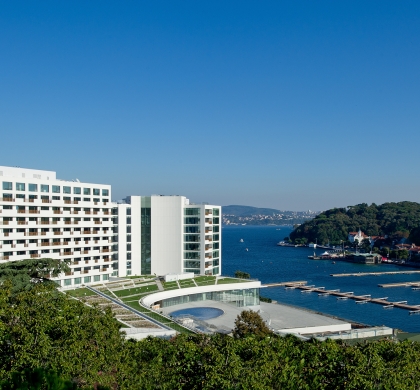
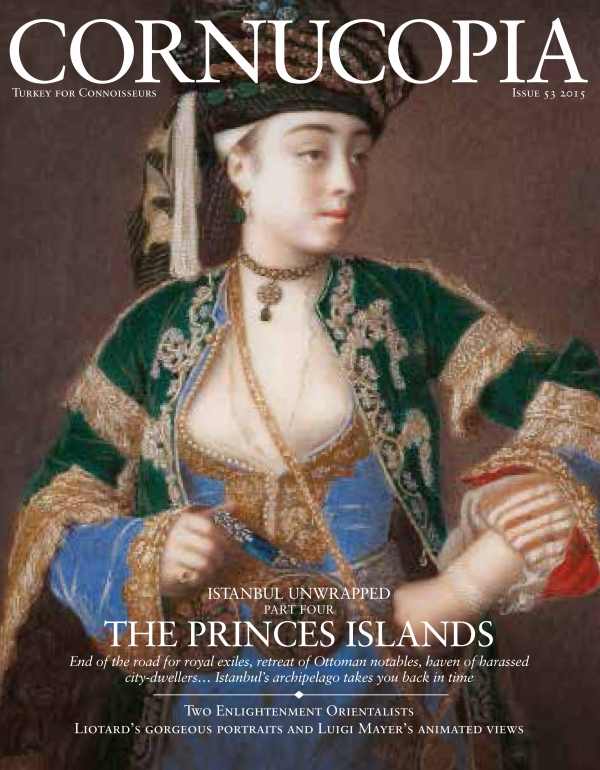
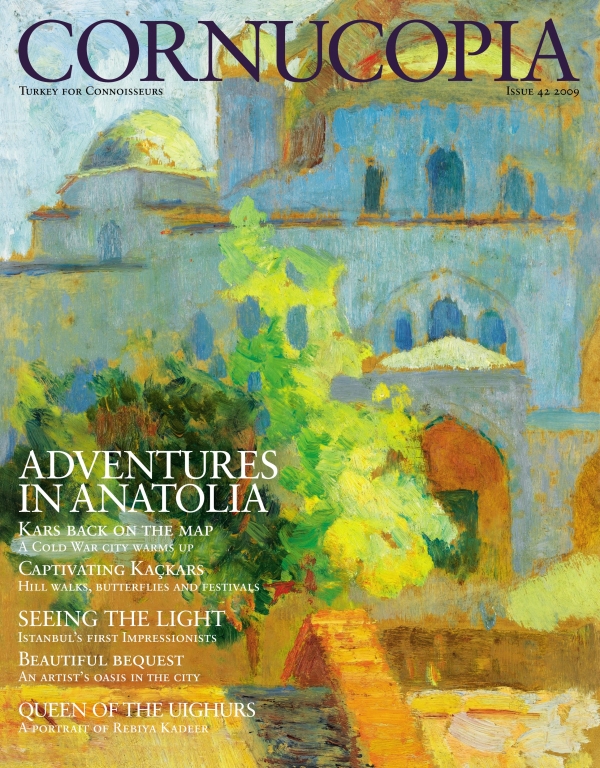

Cornucopia works in partnership with the digital publishing platform Exact Editions to offer individual and institutional subscribers unlimited access to a searchable archive of fascinating back issues and every newly published issue. The digital edition of Cornucopia is available cross-platform on web, iOS and Android and offers a comprehensive search function, allowing the title’s cultural content to be delved into at the touch of a button.
Digital Subscription: £18.99 / $18.99 (1 year)
Subscribe now